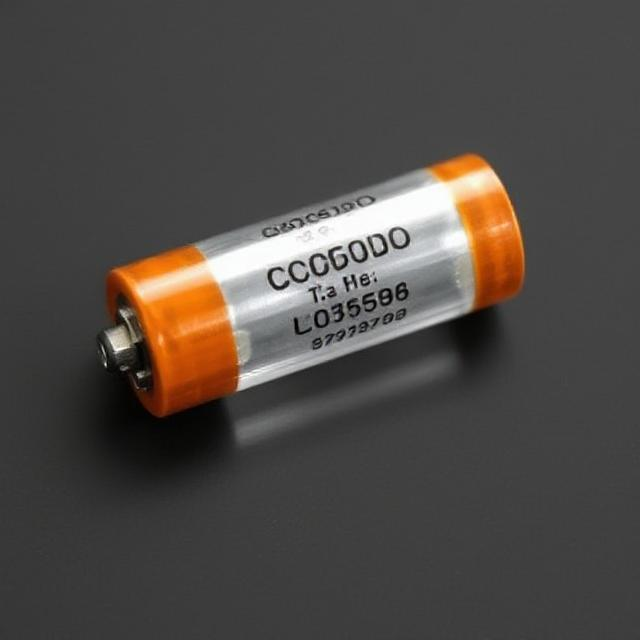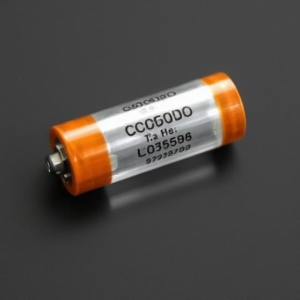In electrical and electronic circuits, not all components behave the same way. Some, like resistors, simply reduce or control the flow of current. Others, like capacitors and inductors, can store and release energy. These components are very important in circuits that deal with changing signals or require energy to be stored temporarily.

1. Capacitors – Store Electrical Energy
A capacitor is a component that stores electrical energy in an electric field. It is made of two metal plates separated by an insulating material called a dielectric. When voltage is applied across the plates, electric charge builds up, storing energy. Once charged, a capacitor blocks direct current (DC) but can allow alternating current (AC) to pass, depending on frequency.
Key Points:
-
Symbol: C
-
Unit: Farads (F), usually measured in microfarads (μF) or nanofarads (nF)
-
Function: Stores and releases electrical energy
-
Behavior: Blocks DC after charging, allows AC (especially higher frequencies)
Common Uses:
-
Smoothing voltage in power supplies
-
Storing energy in flash circuits (like camera flashes)
-
Filtering signals in audio and radio circuits
-
Creating timing delays in timer circuits
Everyday Example:
In phone chargers, capacitors help smooth out voltage so your phone receives stable power without sudden changes or spikes.
2. Inductors – Resist Changes in Current
An inductor is a coil of wire that stores energy in a magnetic field when current flows through it. Unlike capacitors, inductors oppose sudden changes in current. If current suddenly increases or decreases, the inductor resists that change.
This makes inductors useful for circuits where it’s important to control how fast current can change.
Key Points:
-
Symbol: L
-
Unit: Henrys (H), usually in millihenrys (mH) or microhenrys (μH)
-
Function: Stores energy in a magnetic field
-
Behavior: Opposes changes in current
Common Uses:
-
Filtering noise in power supplies
-
Used in transformers for voltage conversion
-
Tuning circuits in radios (to select a specific frequency)
-
Controlling current in audio systems
Everyday Example:
In audio speakers, inductors help separate low and high sound frequencies so each speaker plays the right part of the audio.
Capacitors vs. Inductors – What’s the Difference?
| Feature | Capacitor | Inductor |
|---|---|---|
| Energy Storage | Electric field | Magnetic field |
| Reacts To | Changes in voltage | Changes in current |
| Passes | High-frequency AC | DC or low-frequency AC |
| Blocks | DC (after charging) | Sudden changes in current |
| Common Uses | Filtering, timing, energy storage | Filtering, tuning, smoothing |
How They Work Together in Real Circuits
Capacitors and inductors are often used together in AC circuits, such as in:
-
Low-pass filters, where inductors block high frequencies.
-
High-pass filters, where capacitors block low frequencies.
-
Resonant circuits, where both work together to select or amplify a certain frequency, like in radio tuning.
These combinations allow for precise control over how signals behave in a circuit.
Why Capacitors and Inductors Matter
These components allow circuits to respond to changes, not just handle steady current. They are critical for:
-
Signal processing
-
Timing and delays
-
Power management
-
Filtering unwanted noise or interference
Understanding how capacitors and inductors work is essential for anyone interested in building or designing more advanced electrical and electronic circuits.
Summary
| Component | Stores Energy In | Symbol | Unit | Common Use |
|---|---|---|---|---|
| Capacitor | Electric field | C | Farad (F) | Smoothing voltage, filtering |
| Inductor | Magnetic field | L | Henry (H) | Tuning, current smoothing |










